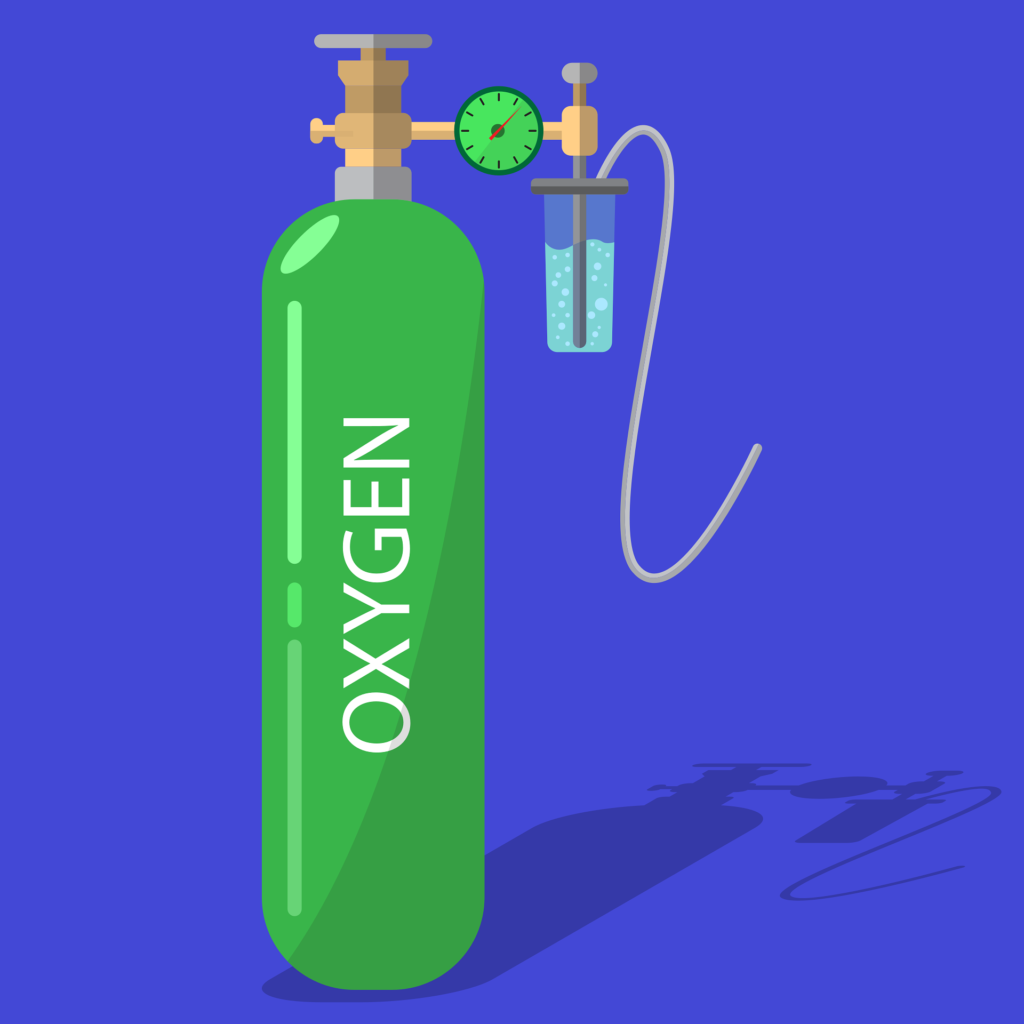Maximizing the Benefits of Oxygen Therapy: Tips and Best Practices
 Key Takeaways:
Key Takeaways:
- Understanding oxygen therapy’s role and impact can significantly improve outcomes for those in need.
- Utilizing best practices and safety measures ensures oxygen therapy is beneficial and risk-free.
- Emerging technologies in oxygen therapy promise more personalization and convenience for users.
Table of Contents:
- The Fundamentals of Oxygen Therapy
- How Oxygen Therapy Can Help You
- Tips for Effective Oxygen Therapy
- Staying Safe While Using Oxygen Therapy
- Advancements in Oxygen Therapy Technology
Table of Contents
The Fundamentals of Oxygen Therapy
Oxygen therapy is a clinical process designed to boost oxygen intake for individuals suffering from conditions that inhibit normal oxygen absorption, such as COPD, emphysema, or severe asthma. This therapy involves inhaling purified oxygen delivered through a mask or nasal cannula, equipment that channels the life-sustaining gas directly to the patient’s lungs. The oxygen administered, usually above 21% of the oxygen found in our earthly atmosphere, helps ensure vital organs receive the essential oxygen they need to function optimally. In areas known for medical innovation, such as the facilities practicing Dubai oxygen therapy, the implementation of oxygen treatment has become an epitome of advanced and personalized care, allowing individuals to gain substantial improvements in health and daily functioning.
How Oxygen Therapy Can Help You
For people with respiratory conditions, oxygen therapy serves as a lifeline, maintaining enough oxygen in the blood to prevent hypoxemia—a condition where blood oxygen levels are abnormally low. Adequate oxygen levels are crucial for cellular metabolism, cardiovascular health, and overall vitality. Oxygen therapy benefits include improved exercise tolerance, reduced hospitalization, and enhanced life expectancy. The therapy is particularly advantageous for individuals who suffer from sleep-related breathing disorders, such as sleep apnea, which leads to drops in overnight oxygen levels, resulting in compromised sleep quality and overall health.
Tips for Effective Oxygen Therapy
The effectiveness of oxygen therapy largely hinges on how it’s implemented in daily life. Initially, adhering strictly to the doctor’s prescribed oxygen levels is crucial for the treatment to be effective, ensuring tissues receive the right amount of oxygen without the dangers of toxicity. Patients should engage in regular home equipment checks, checking for kinks or tubing damages that can impede oxygen flow. Keeping nasal passages moist can help avoid the dryness associated with oxygen use, which can otherwise lead to discomfort. Moreover, patients should embrace a routine of gentle physical activity, supported by their healthcare providers, to amplify the efficiency of oxygen therapy, provided it’s done safely and oxygen levels are stable during exertion.
Staying Safe While Using Oxygen Therapy
The paramount rules of using oxygen therapy are molded around safety due to the high flammability of pure oxygen. Patients and caregivers must understand and practice safety guidelines to prevent fire hazards. Keeping oxygen units far from smoking areas, avoiding flammable products like oils or aerosols near oxygen delivery equipment, and using fire-resistant materials are fundamental safety measures. Displaying ‘No Smoking’ signs prominently in the home and educating visitors about the risks also contribute to a safer oxygen-use environment. Recognizing the symptoms of oxygen toxicity, such as chest pain or difficulty breathing, likewise contributes to a secure therapeutic experience.
Advancements in Oxygen Therapy Technology
Technological innovation continues to refine the application and benefits of oxygen therapy. Portable concentrators have become less intrusive and more potent, allowing patients to travel and maintain an active lifestyle. Innovations like pulse-dose technology deliver oxygen more efficiently, matching the patient’s breathing pattern. Today’s systems come with smart features, such as alerts for low battery or servicing needs. The integration of telehealth allows for remote monitoring of patients’ oxygen saturation levels, enabling healthcare providers to tailor oxygen therapy more closely to individual needs. As these advancements evolve, the potential for oxygen therapy to integrate seamlessly into patients’ lives and healthcare regimes expands.
